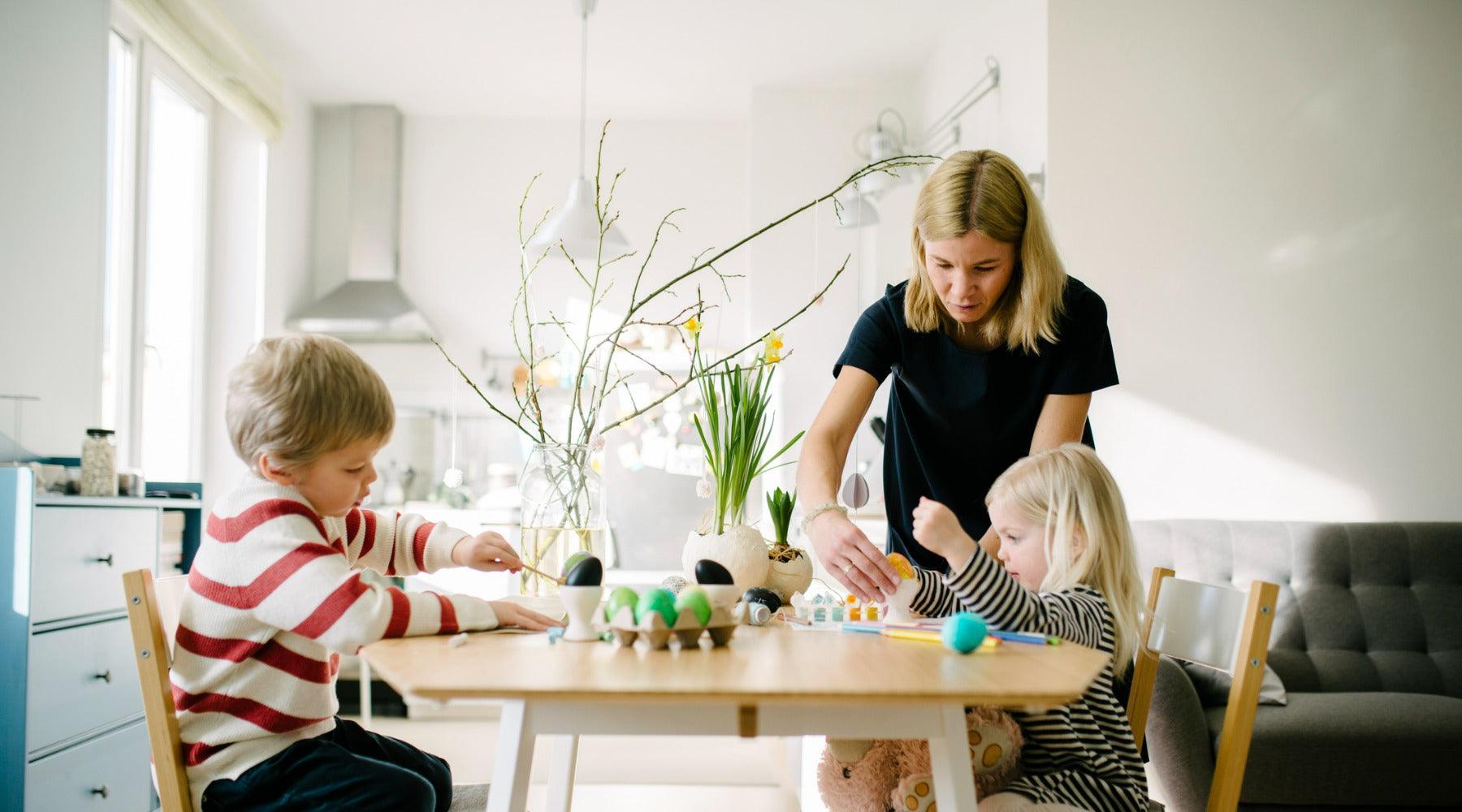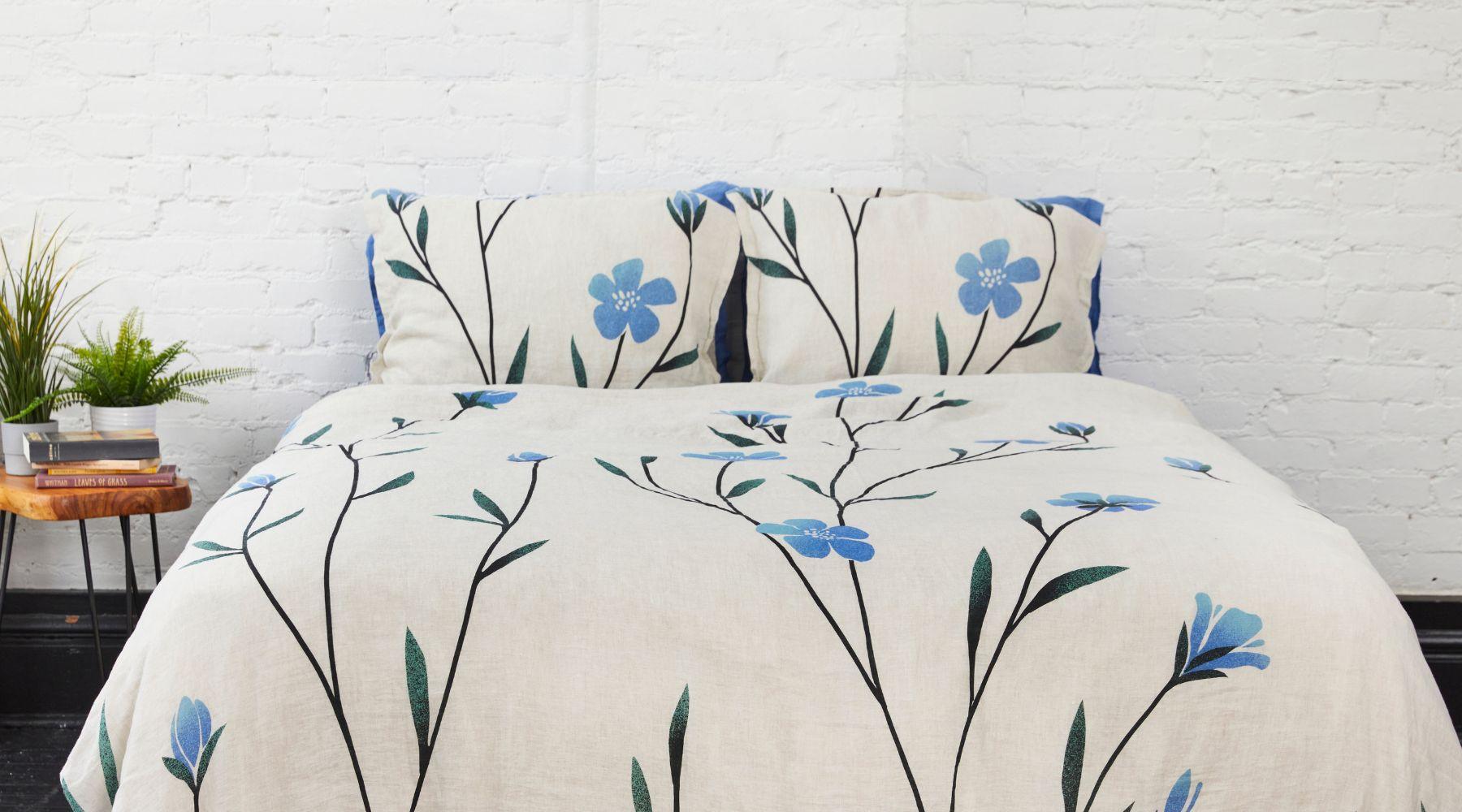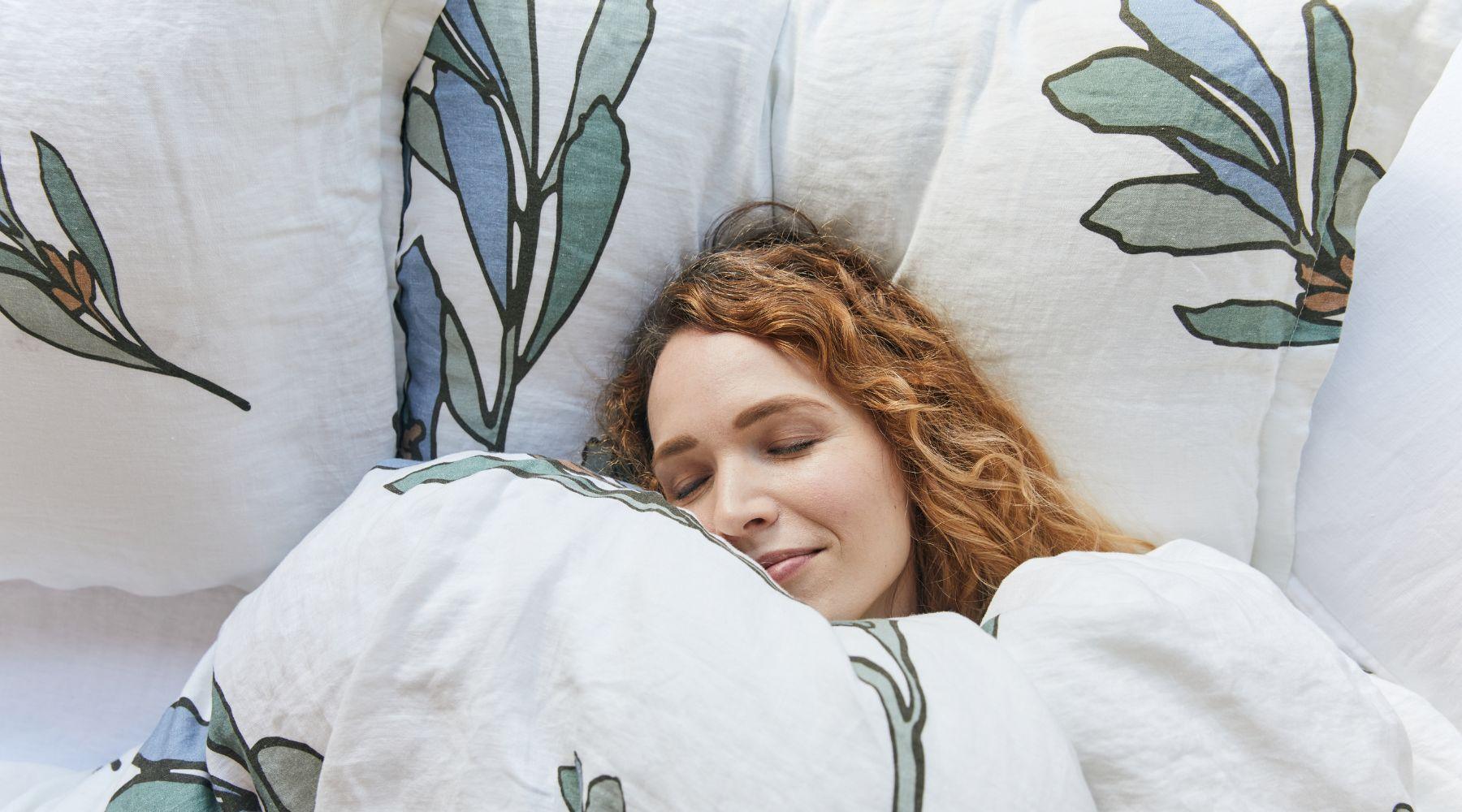
Scandinavian Spring Traditions
From bonfires, to warding off evil spirits with willow branches, to creating your own Easter tree, there are traditions aplenty in Scandinavia at this time of year. Learn more about them and see why spring is such a special time of year in this part of the world.
Walpurgis: Greeting Spring With Fire in Sweden
Sweden’s Walpurgis night—known locally as Valborg—occurs on April 30 every year.
St Walpurgis was an 8th-century abbess of Heidenheim, a monastery in present-day Bavaria, Germany. Since her death, her memory appears to have been confused with that of the pagan fertility goddess Waldborg, so Germans now associate May 1—the day on which Walpurgis’ relics were taken to the Bavarian capital of Eichstätt—with the coming of spring.
Germans brought the Walpurgis tradition to Sweden in the Middle Ages. Today, Swedes mark Walpurgis night with choral singing and bonfires to ward off the April chill. It’s a particularly popular holiday among students, who don their traditional white caps for the occasion. When the fires die down, they move on to pubs and restaurants, or to friends’ parties—Walpurgis parties can last well into the night, as May 1 is a public holiday.
Those who don’t sleep through the next day will often take to the streets for a day of protest, carrying banners and parading through the streets, as May 1 is Sweden’s official Labor Day.

Spring Hygge: How the Danes Make Spring a Time of Togetherness
Danes have many traditions to celebrate spring, all of them rooted in hygge: that classically Danish concept of coziness and togetherness. In Copenhagen, Easter marks the official opening of the Tivoli amusement park, which celebrates the occasion with vibrant flower beds and egg sculptures. Unlike most theme parks, Tivoli—which originally opened in 1843—retains a vintage aesthetic, making it a nostalgic day out for both kids and kids at heart.
On Easter Sunday, Danes gather for a long lunch, or Påskefrokost, which lasts for most of the day. The food served is a typical Danish lunch—herring and boiled eggs with cress, sliced meats, cheese, and liver paste—but occasionally, lamb is added to this feast as a symbol of Jesus’ sacrifice. There’s also plenty of akvavit—grain or potato schnapps flavored with botanicals—and påskebryg, a heavy Easter brew specially produced for this time of year by Danish beer companies. While the adults converse, kids hunt in the garden for chocolate eggs hidden by the Easter bunny the night before.
(Note: schnapps isn’t just for drinking! Our Porse organic linen bedding set features a beautiful graphic print of Myrica gale, one of the most popular botanicals in Danish schnapps.)
Generally, the Danish Easter is a more secular holiday than it used to be—most religious Danish traditions have been lost to time. These days, Easter is mostly associated with taking a long holiday, as the long Easter weekend affords a full five days off from work—some schools will give children the entire week off. Danes fill this time with summer house visits, hikes, and bike rides—and visits to Tivoli, of course!

Norway: Church, Crime Series, and Computer Games
In Norway, by contrast, a lot of old traditions are upheld—and they’ve created some new ones too. Churches hold services and group walks throughout the week, except for Easter Saturday (Påskeaften), which is regarded as a rest day: this is when Norwegians will hold the dinner and egg-giving more commonly held on Easter Sunday in other countries. In the run-up to Easter, homes are decorated with the color yellow: dandelions, daffodils, napkins, candles, fluffy chick toys… you name it! If you want to decorate the Norwegian way, don’t forget to finish off the look with our Fugle European bedding set.
In recent years, more quirky Norwegian traditions have popped up. Easter in Norway is a time for consuming crime fiction: shops curate displays of crime novels, and TV stations broadcast re-runs of popular crime series’ from across the world: last year, Forbes reported that true-crime hits Inventing Anna and The Tinder Swindler topped Norway’s Netflix charts in the run-up to Easter. Norwegian Easter is also when “The Gathering” takes place: in Hamar, just north of Oslo, several hundred young people gather in a sports hall to play computer games and socialize over snacks.

Easter Witches in Finland and Sweden
An abiding Easter tradition in Finland and Sweden is for children to dress up as “Easter witches,” with colorful clothing and freckles on their faces, and go from door to door on Palm Sunday to get sweets—just like on Halloween.
In Finland, these “witches” carry willow twigs decorated with colorful paper and feathers to ward off evil spirits. At their neighbor’s door, they recite a traditional Finnish rhyme, which translates to “I wave a twig for a fresh and healthy year ahead; a twig for you, a treat for me!” They then hand over a twig in return for a treat, such as a chocolate egg.
In Sweden, the tradition is similar—but instead of willow twigs, the children present their neighbors with their drawings and paintings.
The Swedish Easter Tree—a Scandi Easter Tradition You Can Do at Home
Swedish Easter trees, or påskris—a collection of twigs decorated with colorful feathers and eggs—are easy to recreate in your own home. Despite their cheerful appearance, they have dark origins—in the 17th century, Swedes beat each other with sticks on Good Friday to represent Jesus’ suffering! Fortunately, this tradition died out in the 19th century and was replaced with the more pacifistic decorated Easter tree.
You’ll need branches, a vase to sit them in, some feathers, and some wire with which to tie the feathers to the branches. Beyond that, it’s entirely your choice—opt for a “minimalist” påskris with just feathers, or add eggs, chicks, flowers, butterflies—anything that represents “spring” to you.
Our organic linen duvet covers are the perfect complement to a Swedish Easter tree, as they’re printed with leaves, birds, and berries. Or, opt for a solid-color set to offset your more detailed decorations and designs.
Have you ever made an Easter tree? What are your spring traditions? Let us know on Instagram, Pinterest, Facebook, or Twitter!






Leave a comment
This site is protected by hCaptcha and the hCaptcha Privacy Policy and Terms of Service apply.